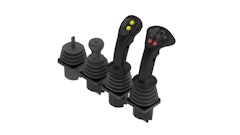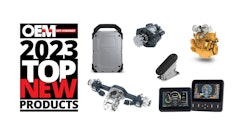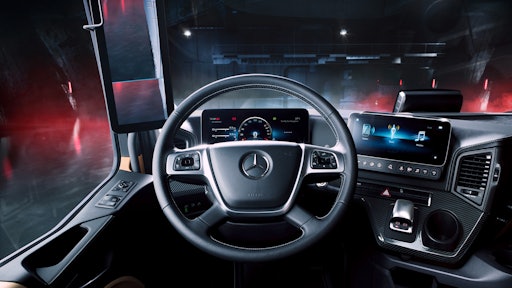
Oh how the workplace of truck drivers has changed over the decades. A quick look at the cockpits and steering wheels of the different model series makes clear the technical transformation which the so-called human-machine interface (HMI) in trucks has undergone through the past decades. The desire to continuously improve ergonomics, operating comfort and networking inside and outside of the vehicle is really clear here.
A painted dashboard in sheet metal, a huge yet slender Bakelite steering wheel, a range of different switches and don't forget the ashtray. That's what the first cockpits looked like more than 60 years ago in heavy-duty Mercedes-Benz trucks with a short bonnet. They were built from 1958 until the 1990s and still have legendary status today due to their great robustness.
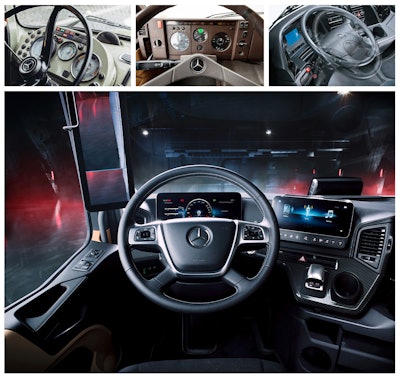
Major modernization came in the second generation of the Mercedes-Benz Actros which rolled off the production line between 2003 and 2008. The steering wheel housed a driver's airbag and the ergonomics of the driver's workplace were brought up to a totally new level. Seats, steering wheel, switches – numerous elements were already able to be configured individually to the respective driver and field of operation. The dashboard almost wrapped around the driver, such that the incredible number of controls were always within easy reach. Even the display concept had come a long way, with the inclusion of the first digital central display which showed such things as the selected gear and visualizations of any assistance systems which were operating.
An almost fully digital workplace came in 2018 as a world first in a truck. The Multimedia Cockpit was launched in the fifth generation of the Mercedes-Benz Actros. Two high-resolution screens replace the traditional instrument panel. The central display is individually configured by the driver and, using clear graphics, it also displays the operation of the assistance systems such as Active Drive Assist and Predictive Powertrain Control. The secondary display is a touchscreen display and can be operated like a smartphone. Quick access buttons increase the system's functionality. Plus, the multifunction steering wheel has turned into something of a switchboard.
Now also part of the completely re-worked human-machine interface of the new Actros are the two displays of the MirrorCam which are installed in portrait orientation on the A-pillars. They don't just show the traffic to the rear of the vehicle. Special displays also help when overtaking, whilst moving image views and variable wide-angle formats of the digital rear view mirror can make taking bends and maneuvering even safer. What's more, the Multimedia Cockpit now also forms an interface to the outside world: apps help the driver to fulfill their transport tasks. At the same time, the truck is permanently connected with the cloud via the Truck Data Center, which simultaneously also forms the technical basis for connectivity solutions such as Fleetboard and Mercedes-Benz Uptime.






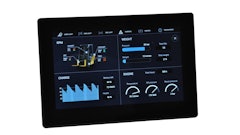



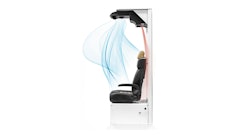

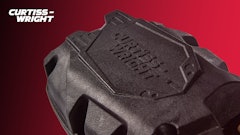
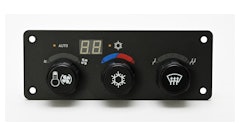


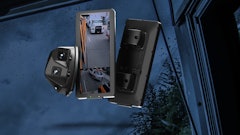


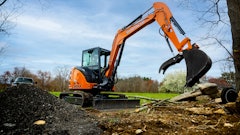

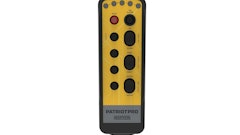




![Volvo Penta Sets Sights On Productivity Advancements 03[1]](https://img.oemoffhighway.com/files/base/acbm/ooh/image/2023/11/Volvo_Penta_sets_sights_on_productivity_advancements_03_1_.65690b8f96926.png?auto=format%2Ccompress&fit=crop&h=135&q=70&w=240)
